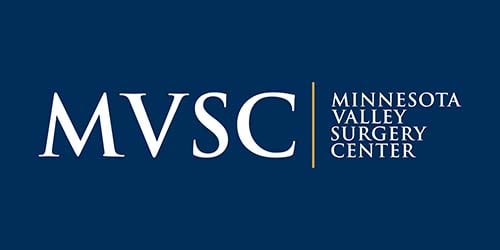Are You Fighting Spinal Stenosis?
Someone with spinal stenosis knows the pain and discomfort that comes with the condition. This is just one case of the millions of persons suffering from back and spinal pain. Spinal stenosis may not be a household name, but over 250,000 American adults are at risk yearly. While there are a few conventional treatment options, there comes the point where surgery is the best solution. Using posterior lumbar interbody fusion, spinal surgeons can help patients regain a better quality of life.

What is spinal stenosis?
When someone has spinal stenosis, there is a reduction of space within the spinal canal. The spine has bones called vertebrae, separated by intervertebral discs. Together, these form a spinal canal to protect the spinal cord. Nerves extend through spaces in the spinal canal and branch out to different areas of the body. If space reduces in some way, spinal stenosis occurs.
Here’s what’s taking up space
In most cases, spinal stenosis is a gradual process, happening over several years. With age, the discs begin to degenerate and can bulge out of place. Wear and tear or arthritis can create bone spurs, small growths that also pick up space. In some cases, enlarged facet joints or injury restrict the area for nerves. These conditions usually happen in the lumbar region and press on the spinal cord and nerve roots, causing pain, inflammation, and discomfort.
Treating your spinal stenosis
If detected early, treatment options include rest and medication. Most persons find that rest reduces the pain as there is less pressure on the nerve root. However, lumbar spinal stenosis can develop into pain and weakness in the leg and foot. Further treatment options like steroid injections and physical therapy are the next viable options.
It’s time for PLIF
Surgery helps with the long-term effects of spinal stenosis. The surgeon will aim to relieve the pressure on the nerves. However, posterior lumbar interbody fusion or PLIF goes a step further. By fusing two or more of the affected vertebrae, the surgeon can further stabilize the area. A PLIF procedure stabilizes the spine using a bone graft or prosthetic. Grafts activate a growth response, and the two bones fuse to form a solid structure.
Achieving fusion through minimally invasive means
PLIF happens under general anesthesia and can now be performed using minimally invasive techniques. In the past, open surgery required a long incision on the lower back. The surgeon would then strip away the muscle and tissue to access the spine. Now with minimally invasive surgery, the surgery is performed with 2 small holes in the lower back. One allows a high-powered scope for the surgeon to see the affected area. The other is for tools to repair the spine. The surgeon may then remove a small piece of the lamina or facet joints. Then artificial parts and bone grafts fill the space. Brackets and screws hold the bones in place. After surgery, the patient starts the recovery process.
Fusion may be the right option
After a few weeks of recovery, the patient should feel reduced pain. Within 3-6 months, most patients can resume an active lifestyle. The bones continue to fuse and can take up to 1 year for full recovery. PLIF has a high success rate, with most patients satisfied with the outcome. PLIF is an effective treatment option for spinal stenosis. If the signs and symptoms of spinal stenosis are too much to ignore, speak with a doctor about treatment options.
Can Lower Back Pain Return After Spinal Surgery? 3 Lifestyle Changes To Get The Most Out Of Fusion
Minnesota Valley Valley Center2024-04-02T14:49:38-05:00April 15th, 2024|
Spinal surgery is an excellent solution for lower back pain, but symptoms can return. With lifestyle changes, patients can get the most out of fusion.
A New Lease On Life: Exploring How Robotic Total Joint Replacement Can Get You Active Again
Minnesota Valley Valley Center2024-03-24T17:38:47-05:00March 29th, 2024|
Robotic total joint replacement uses a robotic arm to replace the joint. This innovative approach allows a quick return to activities.
Restoring Dexterity: How Outpatient Carpal Tunnel Surgery Can Change Your Life
Minnesota Valley Valley Center2024-03-24T17:38:37-05:00March 15th, 2024|
After months of wrist and hand pain, carpal tunnel surgery may be needed. With outpatient options, restored dexterity with less pain and discomfort is possible.
More Articles from MVSC
April 15, 2024
Spinal surgery is an excellent solution for lower back pain, but symptoms can return. With lifestyle changes, patients can get the most out of fusion.
February 29, 2024
Rotator cuff tears can severely limit shoulder mobility. Surgery can relieve pain and improve mobility, allowing patients better reach.
January 15, 2024
Spinal conditions in the lower back may require a procedure called laminectomy. With MIS, patients have higher success rates.
December 21, 2023
Clavicle fractures are often treated non-surgically. The location and degree of damage can indicate whether collarbone surgery is needed.










